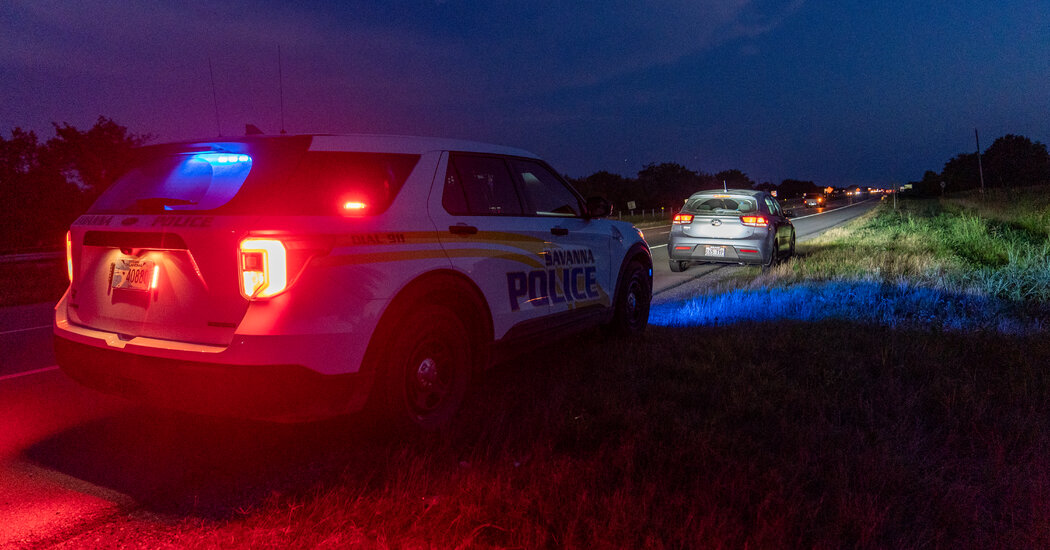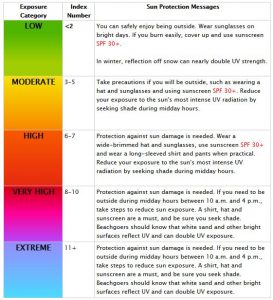Only public pressure had compelled any Alabama agency to release body-cam and dashcam videos. Some departments in Alabama had also released videos that cleared officers of any wrongdoing. This is not how most police departments elsewhere work; videos are often released, to be transparent.
Another reporter, Donovan Thomas, and I decided to go in person to Phenix City, a suburb of almost 39,000 people just across the Chattahoochee River from Columbus, Ga. We wanted those videos.
Kenneth Davis, the district attorney in Russell County, Ala., told us that he had returned them to the police in November 2017. We stopped by the police department and asked for Chief Smith — he wasn’t available. We left a letter, asking to speak in person. He never responded.
The city’s attorney, James McKoon, said that because the state investigated the shooting, officials with the Alabama Law Enforcement Agency should decide whether to release the videos.
Those officials soon tentatively agreed to an unusual compromise: If The Times filed a lawsuit, the agency would agree to a court order allowing reporters to view and describe — but not share — the videos. The Times sued. But then the state attorney general’s office hastily took over the case and made clear it would fight to keep the videos secret.
The state would have defended any lawsuit using a sweeping decision by the Alabama Supreme Court in September that restricts access to investigative materials like body-cam footage. That hurdle would probably have been insurmountable as the law is currently interpreted. Facing a lengthy and costly court battle, The Times withdrew the suit. We have been unable to see the footage.
The city had offered Ms. Sanders, Mr. Mifflin’s mother, one chance to watch the videos, after her lawyer convinced her to take a $100,000 settlement, of which he took half as his fee. At the time, she decided she couldn’t watch her son die. But Ms. Sanders has since decided she wants the videos released. A forensic expert also did a video reconstruction for The Times, based on material gathered by Times reporters, showing that Officer Seavers was never in harm’s way.




